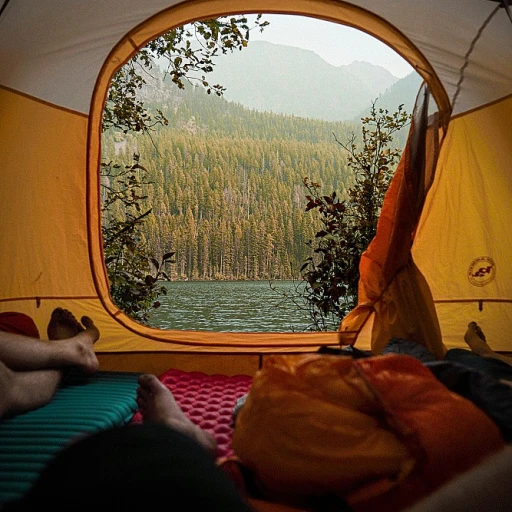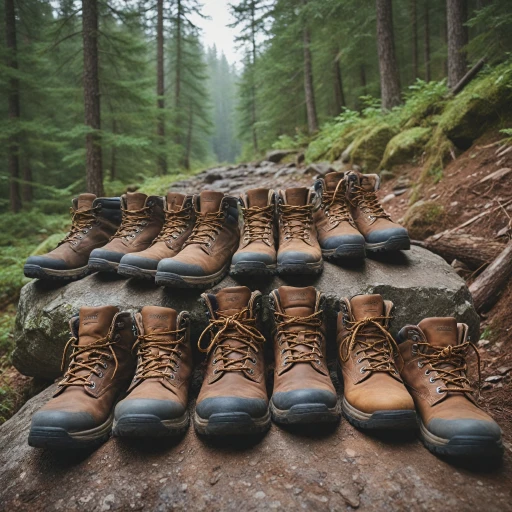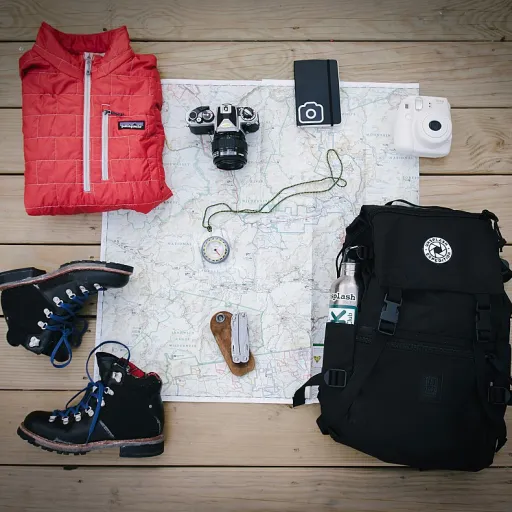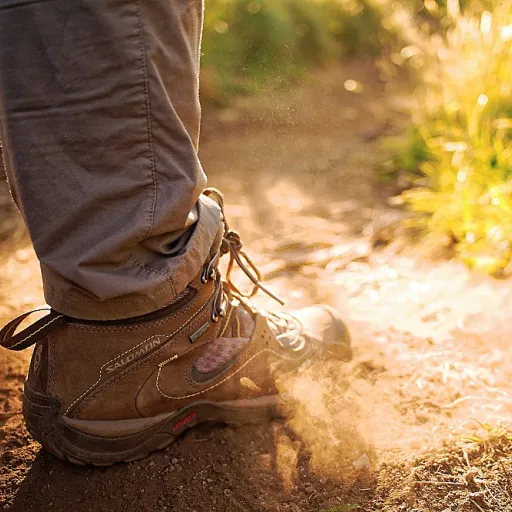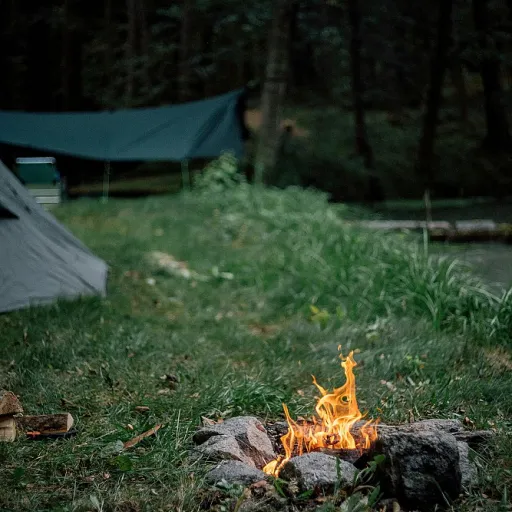
Understanding the importance of proper wading boots for women
Why Specialized Wading Boots Matter for Women
For outdoor enthusiasts, experienced hikers, and mountaineers, the right wading boots can make or break a challenging hike. Women’s wading boots are not just a smaller version of men’s boots—they are designed to address the unique needs of women’s feet, from fit and size to support and comfort. Whether you’re navigating slippery riverbeds, rocky trails, or wet fishing spots, the right boot is essential for safety and performance.
Choosing the correct wading boot isn’t just about style or brand. It’s about ensuring the boot delivers reliable traction, water resistance, and durability. Women-specific wading boots often feature tailored sizing, improved boot fit, and sole technology that supports smaller, narrower feet. This attention to detail helps prevent blisters, fatigue, and injuries during long treks or fly fishing sessions.
- Safety: Proper wading boots reduce the risk of slips on wet rocks or muddy banks, thanks to advanced sole designs and rubber or felt sole options.
- Comfort: A well-fitted boot means less discomfort and more focus on the adventure, whether you’re fishing or hiking.
- Durability: Quality materials and construction extend the life of your boots, making them a smart investment for frequent outdoor activities.
With the growing demand for women-specific wading gear, brands are offering a wider range of boots for women, with options that balance price, product quality, and warranty. Inventory management and delivery times have improved, making it easier to find the right boots on sale or as a best seller. When considering your next purchase, it’s important to learn about the features that matter most—like waterproofing, sole technology, and warranty terms.
For those looking to dive deeper into the essentials of hiking gear, check out this guide on choosing the right harness for hiking boots—many principles apply to wading boots as well.
Key features to look for in women’s wading boots
Essential Elements for Reliable Women’s Wading Boots
When evaluating women’s wading boots for challenging hikes or fishing trips, it’s crucial to focus on features that directly impact performance, comfort, and safety. The right combination of design and technology can make a significant difference in how boots handle water, mud, and rocky terrain. Here’s what experienced hikers and outdoor enthusiasts should keep in mind:
- Waterproof and Water Resistant Construction: Look for boots labeled as waterproof or water resistant. These features help keep feet dry during river crossings or rainy conditions, reducing the risk of blisters and discomfort. Many top fishing boots and wading gear brands use advanced membranes and sealed seams to prevent water ingress.
- Women-Specific Fit: Women’s feet often require a different boot shape compared to men’s. Boots women choose should offer a tailored fit, with attention to heel hold, arch support, and toe box width. A proper women shoe fit minimizes fatigue on long treks and ensures better control on slippery surfaces.
- Traction and Sole Options: The sole is a critical component for safety. Rubber soles provide reliable grip on wet rocks, while felt sole or boot felt options excel in slick riverbeds. Some boots offer interchangeable soles, allowing you to adapt to different environments. For more on sole technology, see the next section.
- Durability and Material Quality: High-quality materials like reinforced synthetic uppers or full-grain leather increase the boot’s lifespan. Durable boots are a smart investment, especially for those who hike or fish regularly. Consider the warranty period—many best seller models offer at least a 12-month warranty for peace of mind.
- Weight and Flexibility: Lightweight boots reduce fatigue, especially on long hikes. However, they should still offer enough support and protection. Flexible designs allow for natural foot movement, which is essential when navigating uneven terrain or when fishing wading in streams.
- Quick Drying and Drainage: Boots with efficient drainage systems and quick-drying linings help prevent water from pooling inside. This is particularly important for fishing wading and multi-day hikes, as wet boots can lead to discomfort and even injury.
- Easy Lacing Systems: Secure, easy-to-adjust lacing systems ensure a snug boot fit and prevent slippage. Some models feature speed hooks or locking eyelets for fast adjustments, which is especially useful when conditions change rapidly.
Other practical considerations include the availability of sizes, price product comparisons, and inventory management for those running a small business or outfitting a group. Many retailers offer boots wading for sale with options price and delivery within a few business days, making it easier to find the right product for your needs.
For a deeper dive into what makes a hiking boot stand out for serious outdoor adventures, check out this expert review of the Lowa Renegade GTX Mid.
Material choices and their impact on durability
How Materials Shape Durability and Performance
When selecting women’s wading boots for challenging hikes or fishing adventures, the material is a key factor that directly impacts durability, comfort, and overall performance. The right choice ensures your boots withstand repeated exposure to water, mud, and rocky terrain, while also supporting your feet during long days outdoors.
- Synthetic Uppers: Many modern wading boots for women use synthetic fabrics, which are lightweight, quick-drying, and often more affordable in price. These materials resist water absorption, helping keep boots lighter during use. However, not all synthetics are created equal—look for reinforced stitching and abrasion-resistant panels for better longevity.
- Leather Uppers: Traditional leather offers excellent durability and a classic look. Treated leather can be highly water resistant, but it may require more care to maintain flexibility and prevent cracking. Leather boots often come at a higher price point but can be a worthwhile investment for frequent hikers and anglers.
- Rubber Components: Rubber is commonly used for toe caps, heel guards, and soles. It provides extra protection against sharp rocks and enhances waterproofing. A quality rubber sole is essential for traction, especially on slippery riverbeds or muddy trails.
- Felt Soles: Some wading boots feature felt soles for superior grip on wet rocks. While effective for fishing wading, be aware that felt can wear down faster and may not be allowed in certain regions due to invasive species concerns. Always check local regulations before purchase.
For women-specific wading boots, manufacturers often tailor materials to fit smaller sizes and unique foot shapes, ensuring a better boot fit and comfort. When comparing options, consider the balance between weight, water resistance, and durability. A boot that dries quickly and resists abrasion will serve you well on both fishing and hiking trips.
Inventory management and product delivery times can also influence your choice, especially if you need boots for an upcoming trip. Check for warranty details—many reputable brands offer a warranty period of several months, which can add peace of mind to your purchase.
To learn more about how material choices in outdoor gear impact safety and performance, you might find this guide to selecting caving helmets for underground adventures insightful.
Traction and sole technology for slippery and uneven terrain
How Sole Technology Impacts Performance on Wet and Uneven Trails
When it comes to wading boots for women, the sole is more than just a base—it’s your primary defense against slips and falls on slick rocks, muddy banks, and unpredictable riverbeds. The right sole technology can make a huge difference in both safety and comfort, especially during challenging hikes or fishing wading trips.- Rubber Soles: Modern rubber soles are designed for maximum grip on wet surfaces. They’re water resistant and often feature aggressive tread patterns that channel water away, reducing the risk of slipping. Rubber is also durable, making it a popular choice for boots women use in both hiking and fishing environments.
- Felt Soles: Felt sole wading boots are a classic option for fly fishing and wading gear. The felt material provides excellent traction on algae-covered rocks but may not be suitable for all terrains. Some regions restrict felt soles due to concerns about transporting invasive species, so always check local regulations before purchase.
- Hybrid and Studded Options: Some women wading boots combine rubber with removable metal studs or cleats. This hybrid approach offers versatility, letting you adapt your boots to different conditions—ideal for those who want one product for multiple activities.
Choosing the Right Sole for Your Needs
Consider the type of terrain you’ll encounter most often. For slippery river crossings or fishing boots, a felt sole or studded rubber may be best. For mixed trails and small business inventory management, rubber soles offer better all-around performance and easier cleaning. Always check the warranty and return policy, especially if you’re buying during a sale or special delivery period.Fit, Size, and Comfort
Remember, the best seller in wading boots isn’t just about traction. Boot fit and women specific sizing are crucial for long days on your feet. Make sure to try on different size options and learn about the boot’s fit before making a purchase. Some brands offer a warranty period—often a month or more—so you can test the boots in real conditions.Final Thoughts on Traction
Whether you’re looking for a waterproof boot for fishing, a women shoe for hiking, or a boot fishing model for mixed terrain, the sole technology should match your activity. Pay attention to product details, options price, and inventory management if you’re shopping for a group or business. Investing in the right sole will help you stay safe and confident, no matter where your next adventure takes you.Fit and sizing considerations for women’s feet
Getting the Right Fit for Women’s Wading Boots
Finding the correct boot fit is crucial for women who spend long hours on the trail or in the water. Women’s feet often have different proportions than men’s, so women specific wading boots are designed to accommodate narrower heels and higher arches. A poor fit can lead to discomfort, blisters, or even injury, especially during challenging hikes or when carrying heavy fishing gear.- Size matters: Always check the size chart for each product, as sizing can vary between brands and models. Many boots women prefer to size up slightly to allow for thick socks or neoprene wading booties, especially in colder months.
- Try before you buy: If possible, try on boots with the socks or wading gear you plan to use. Pay attention to toe room, heel hold, and overall comfort. Some retailers offer a warranty or return policy, making it easier to find the right fit without worrying about delivery or price product issues.
- Width and shape: Women shoe options with a variety of widths can be a game changer for those with narrow or wide feet. Look for boots women with adjustable lacing systems or flexible uppers to fine-tune the fit.
- Support and stability: A snug fit around the ankle and midfoot helps prevent rolling on uneven terrain. This is especially important for fishing wading or hiking on slippery rocks, where boot fit can impact safety.
Care and maintenance tips for extending boot life
Simple routines to keep your boots adventure-ready
Taking care of your women’s wading boots isn’t just about keeping them looking good—it’s about protecting your investment and ensuring reliable performance on every hike, fishing trip, or business outing. Regular maintenance can extend the life of your boots, whether you’re dealing with rubber soles, felt sole options, or waterproof materials.- Clean after every use: Rinse off mud, sand, and debris with fresh water, especially after fishing or hiking in muddy areas. Pay attention to the sole and boot felt, as these areas trap grit that can wear down materials.
- Dry thoroughly: Never store boots wet. Remove insoles and laces, then let them air dry away from direct heat. This prevents mold and preserves the waterproof features of your wading gear.
- Inspect for wear: Check the soles, stitching, and waterproof seams regularly. Early detection of damage can help you address issues before they affect boot fit or water resistance.
- Store properly: Keep boots in a cool, dry place. Avoid stacking heavy items on top, which can deform the women shoe shape and compromise fit.
- Use appropriate products: For leather or synthetic uppers, use cleaners and conditioners designed for wading boots. Avoid harsh chemicals that could damage waterproof coatings or rubber components.



